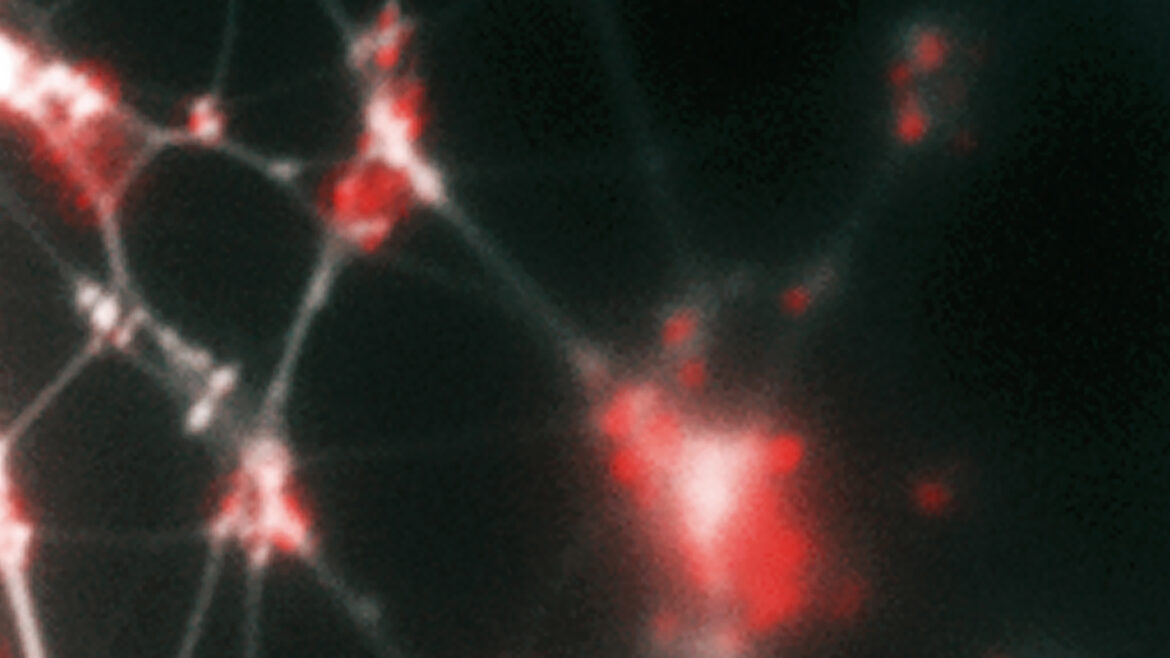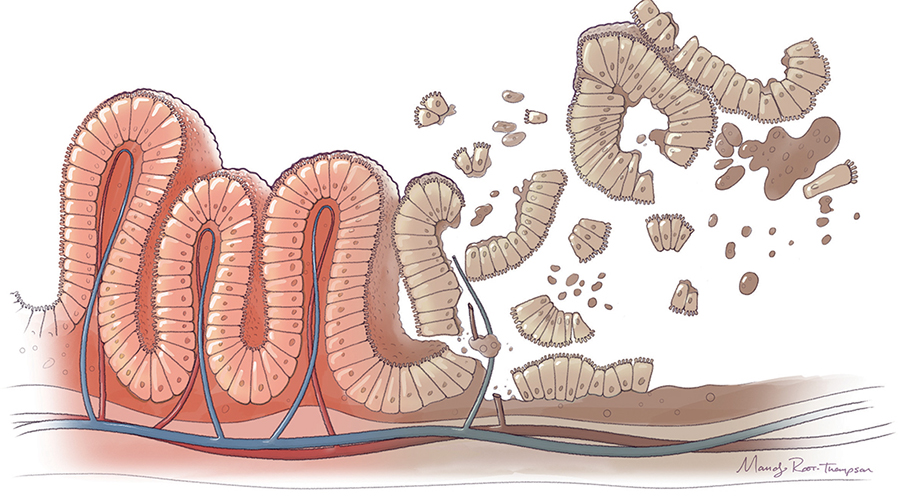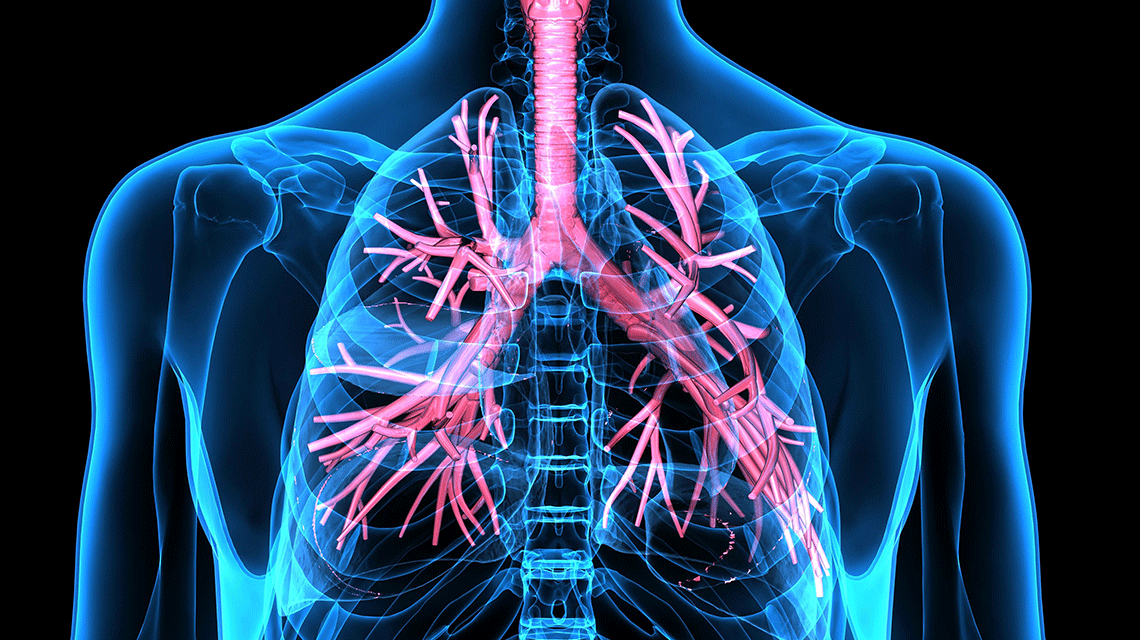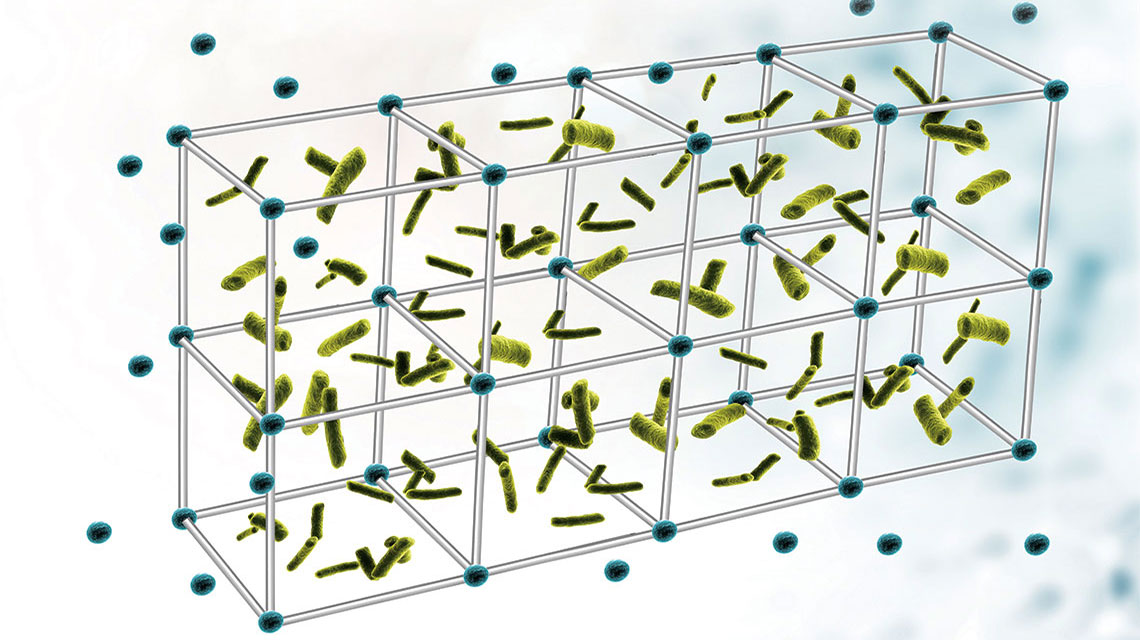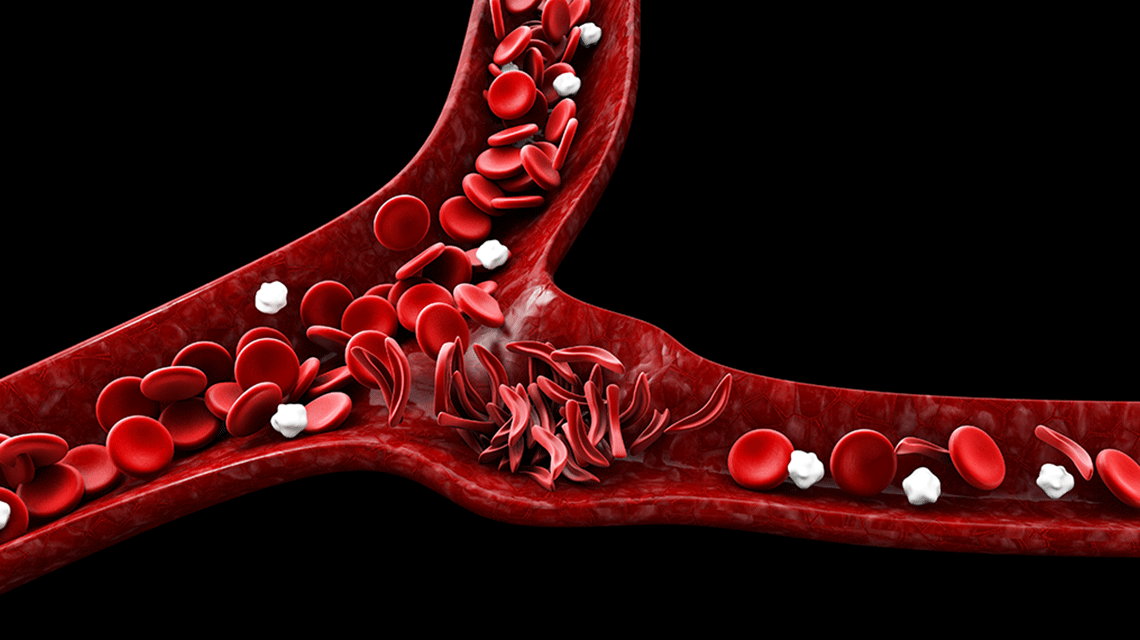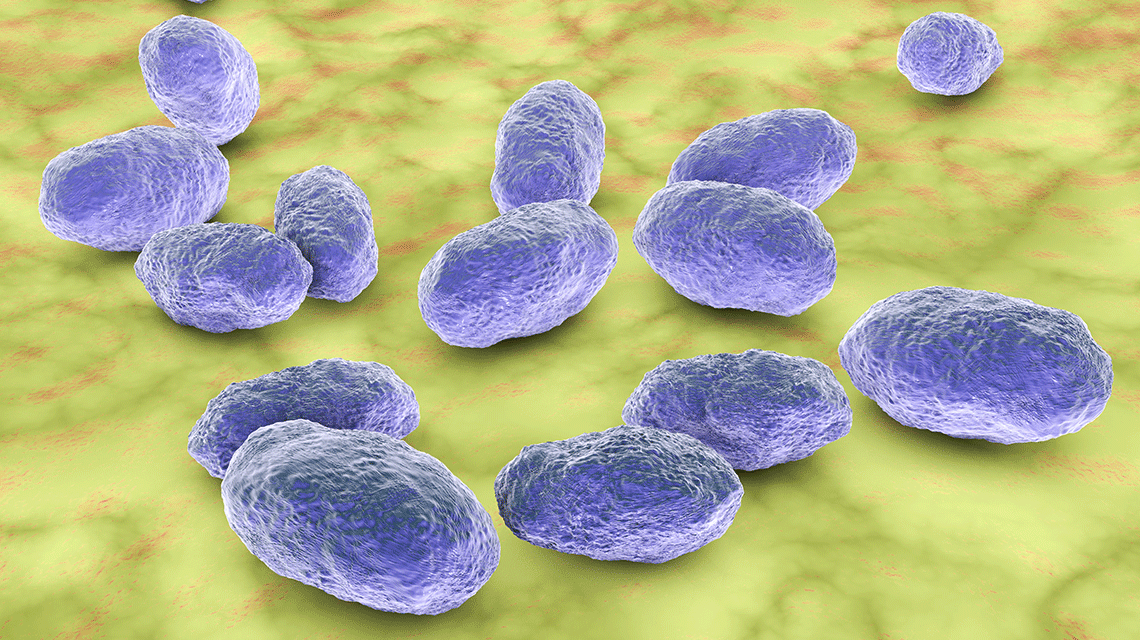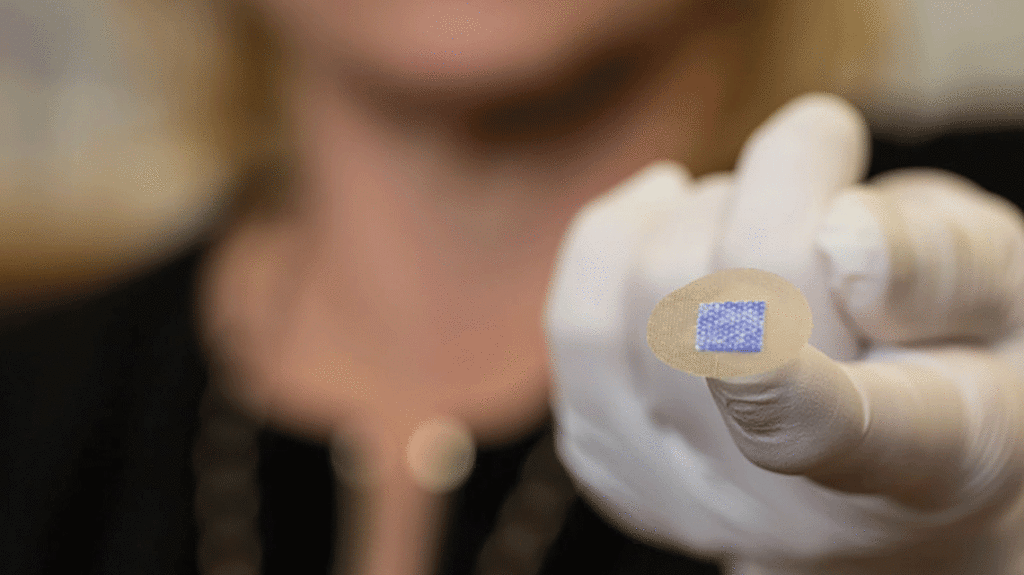Biofilms: The Good, the Bad & the Groundbreaking
Biofilms: The Good, the Bad & the Groundbreaking https://pediatricsnationwide.org/wp-content/uploads/2024/09/eDNA-matrix-with-immunolabeled-DNABII-proteins-081424_NEW-1024x615.jpg 1024 615 Katie Brind'Amour, PhD, MS, CHES https://pediatricsnationwide.org/wp-content/uploads/2021/03/Katie-B-portrait.gifDecades of research into the structure and function of bacterial biofilms have begun to pay off in the form of imminent clinical applications capable of harnessing both the protective and problematic aspects of this universal phenomenon. Imagine a hospital emergency department filled with patients — those with painful ear infections, recurrent urinary tract infections, fevers…



